from plant waves to the well-being of patients & staff
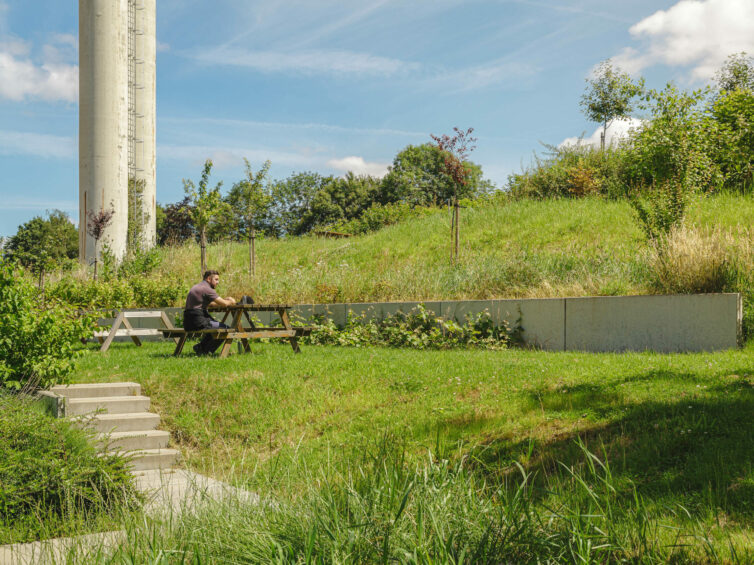
from plant waves to the well-being of patients & staff

Extension project of the existing radiotherapy department, with the addition of two bunkers & a building designed to house consultation rooms. The project also includes the partial redevelopment of the existing area into multi-purpose consultation rooms (Carpe Diem). A new entrance is created to serve as the main reception for the “René Goffin Center,” which brings together day oncology, oncology consultations, radiotherapy & the “Carpe Diem” unit.
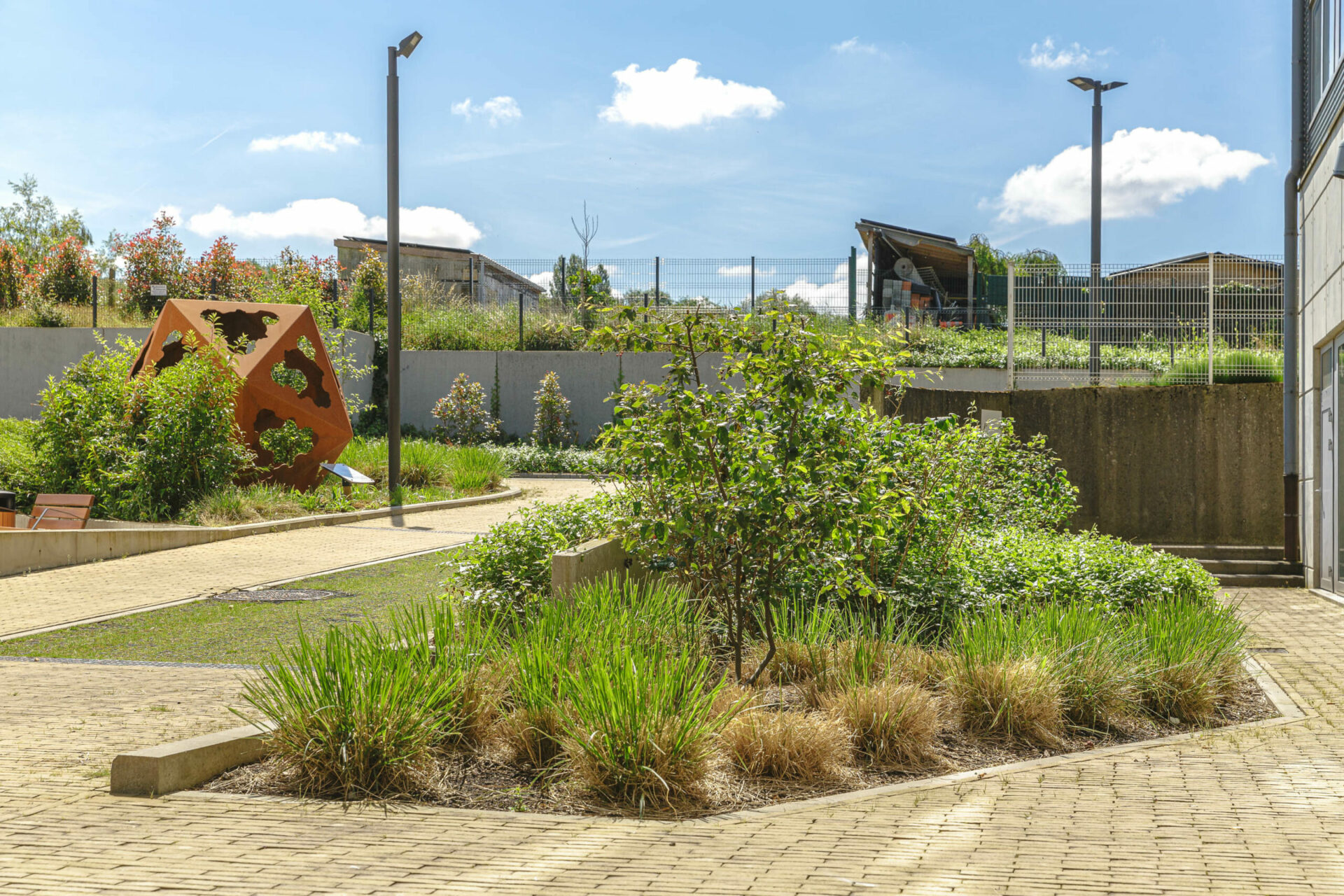
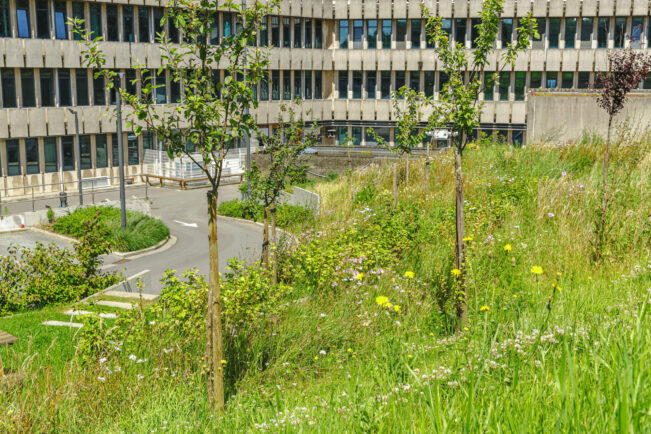
| program | extension project of the existing radiotherapy department |
| client | Tivoli university hospital |
| address | 34 Max Buset avenue • 7100 La Louvière |
| building type | heal |
| status | completed |
| expertises | |
| offices | brussels |
| size | 4.200 sqm |
| team | • client: CHU Tivoli • architect: assar architects • interior architect: assar architects • landscape architect: assar architects • builder: Bemat • structural engineering firm: Pirnay • specialized technical engineering firm: Polytech |
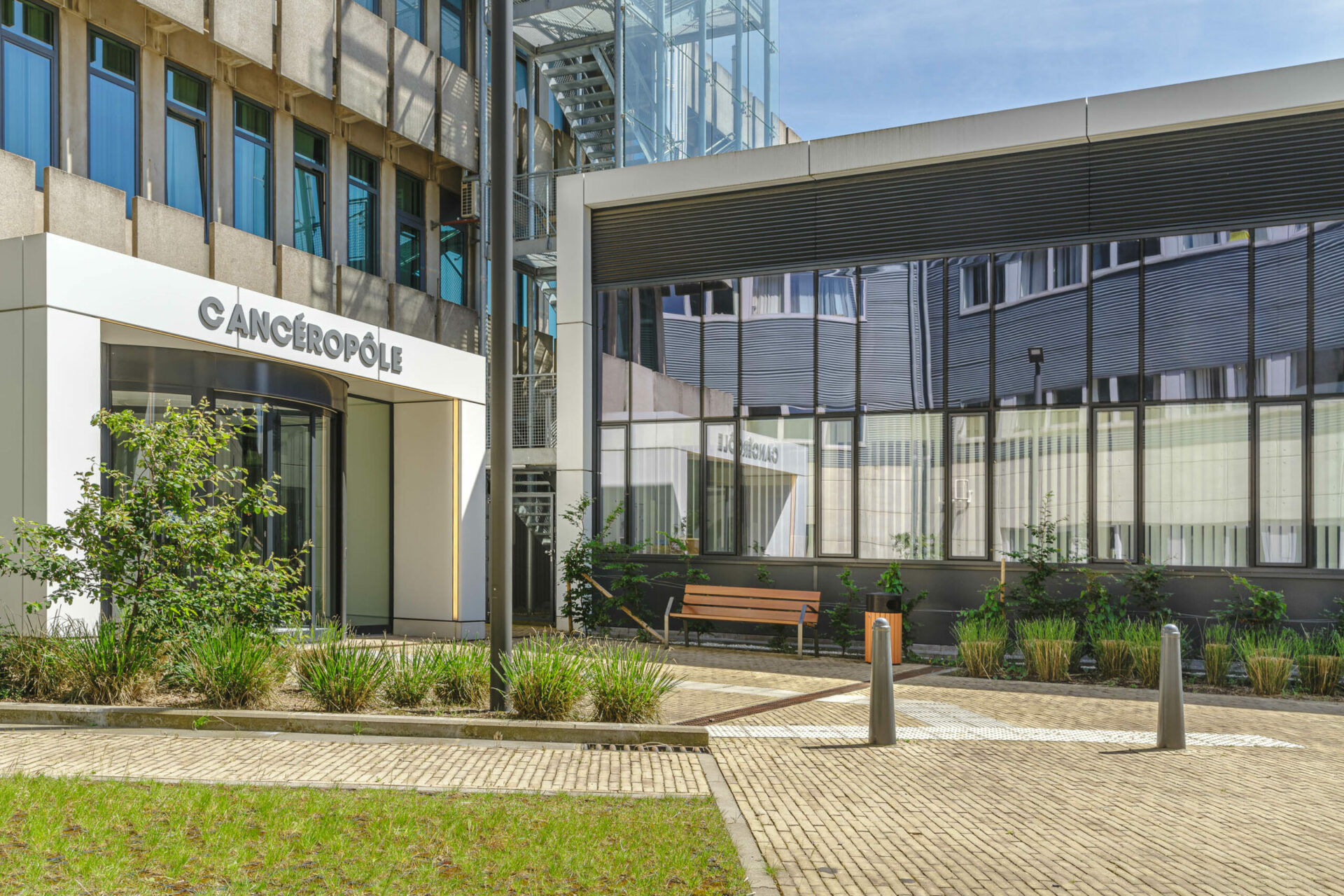
Given the increasing number of new cancer cases, and thus the growing need for prevention, quality care, translational and fundamental clinical research, teaching, access to and development of new technologies, within the framework of collaborations and the establishment of networks, C.H.U. TIVOLI aims to be the reference center for the region. To achieve this, it was necessary to expand the radiotherapy department of the “René Goffin Center”, dedicated to oncology in general (day hospital, oncology consultations, and radiotherapy).
The center had only one radiotherapy machine, and in case of a breakdown, patients could no longer be treated or had to go elsewhere. This led to the need to add two new bunkers: one to accommodate a new treatment machine and the other to replace the aging one. Similarly, there were only two consultation rooms. Our project involved reallocating these two rooms to benefit the oncology department, expanding the building to include five consultation rooms, redeploying the rapidly growing outpatient activities, and adding several extensions, including a new entrance and two bunkers.
The architectural, interior, and landscape design team at assar supported the CHU project management and the medical teams in overseeing this type of complex project with a humanistic and compassionate approach.
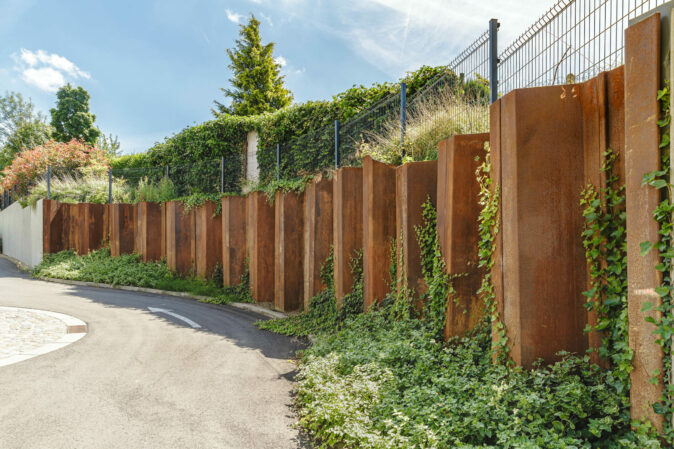
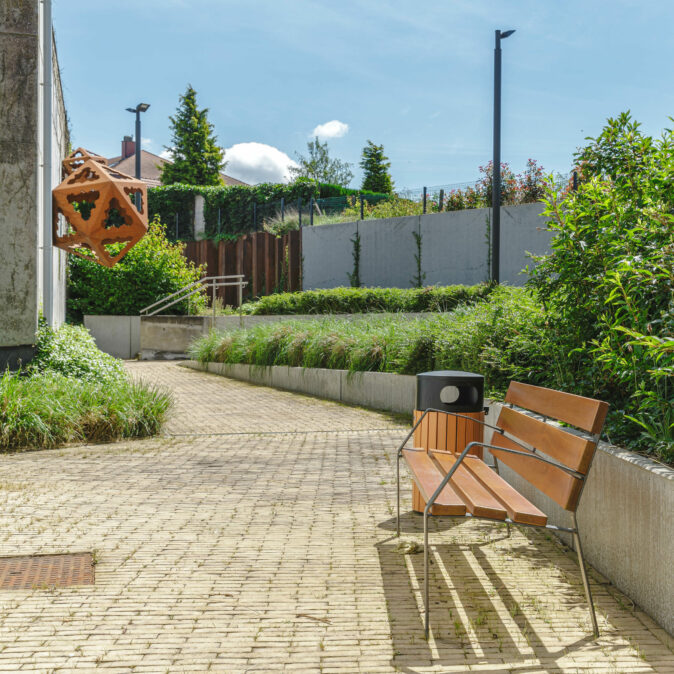
The radiotherapy department is located in the southern part of the hospital infrastructure. It is surrounded by a service road along the property boundary, a parking lot, and a steep slope of a stand of trees (medium-sized trees). The extension of the two new bunkers, partly underground, has raised the existing natural levels of the slope to be harmoniously integrated into its environment and to provide a green space that is more conducive to patients and staff. The landscaping is designed in terraces that soften the visual impact of the technical infrastructures. These randomly shaped tiers create a dynamic landscape on the hospital site, benefiting patients, visitors, and staff alike.
The area is planted with small fruit trees, larger fruit trees, and flowering shrub beds to enhance the value of the site for staff, visitors, and local wildlife. These arrangements also help to prevent erosion of the new “slope” while facilitating its maintenance. New plantings have been proposed in the upper area to maintain a green screen between the neighbors and the hospital.
The road has been redesigned to maintain the connection with the hospital’s peripheral road. It still allows access for fire trucks with slopes of less than 5%. A parking area with 12 spaces for staff has been created, but access is limited by barriers. Only emergency services (ambulances), deliveries, and staff can use it. The road access for patients is restricted along the property line, with a pedestrian pathway leading to the entrance of the radiotherapy department. Barriers limit access, and a small roundabout will allow for a turnaround toward the exit. The parking areas are made of permeable paving to increase the site’s permeability coefficient and limit runoff into the drainage system.
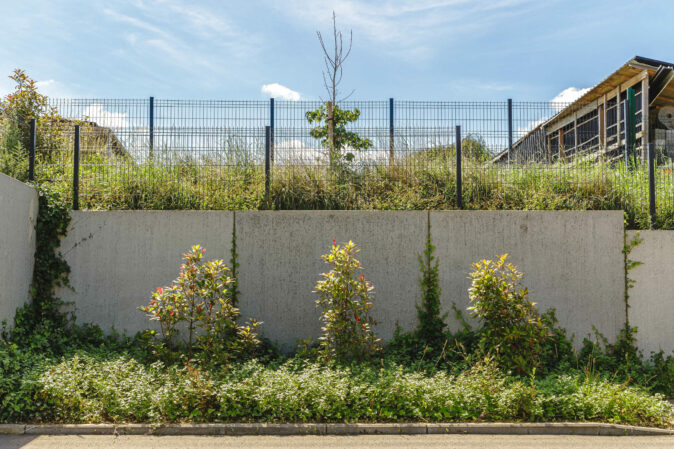
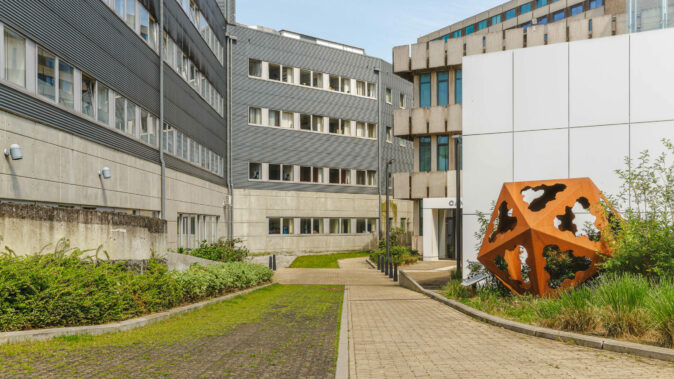
The choice of native and non-invasive vegetation, along with the plantings, helps to create a natural and relaxing setting. This approach aims not only to enhance the aesthetics of the site but also to contribute to the psychological well-being of patients by providing a visual escape and a symbolic connection to nature. This aligns with theories on the positive impact of nature on mental health, particularly for oncology patients who can benefit from this kind of soothing distraction.
The areas surrounding the extensions are landscaped and also covered with climbing vegetation. Rest areas have been created near the entrance. We have been attentive to the selection of native and non-invasive plants. The vegetation presents fragments of nature, providing a sense of visual well-being for patients, visitors, and staff. In addition to the beneficial effects on humans, the landscaping promotes local biodiversity by attracting wildlife through flowering areas and dedicated spaces. This reinforces the connection between the hospital and its natural ecosystem, creating an environmental balance while reducing the ecological impact of the project.
The artist Michelangelo Circo brings a symbolic dimension to the entire project with his sculptures representing living cells. These works are incorporated into the architecture and landscape, adding an artistic depth that can inspire reflection and serenity, directly connected to the medical treatments offered on-site.
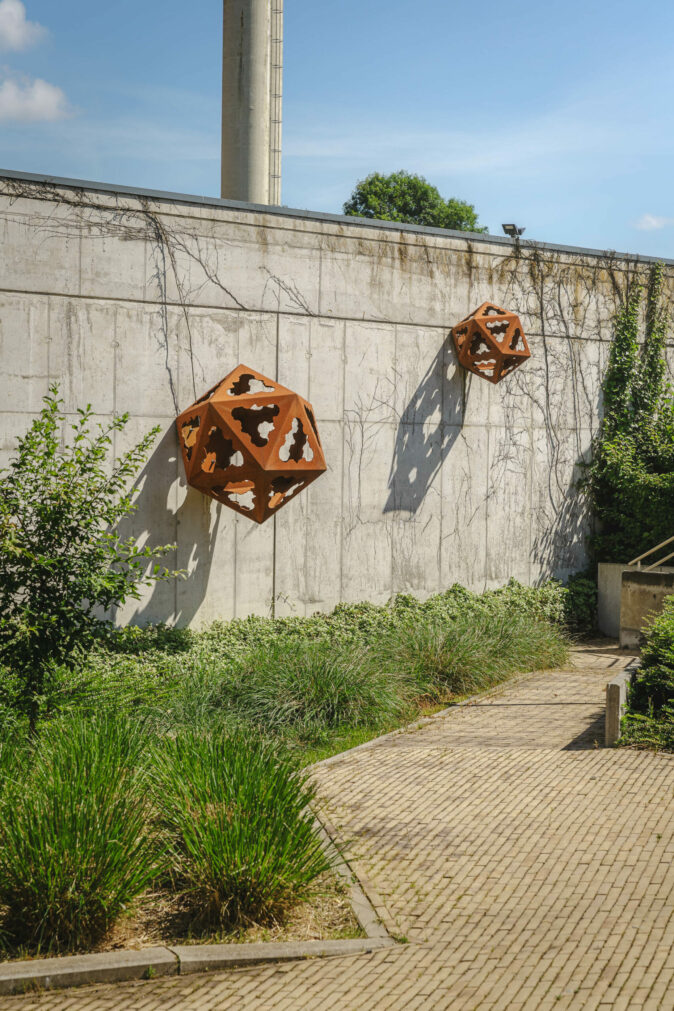
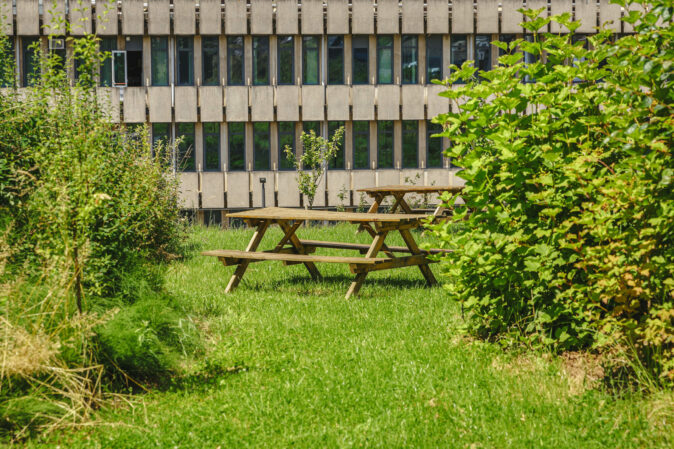
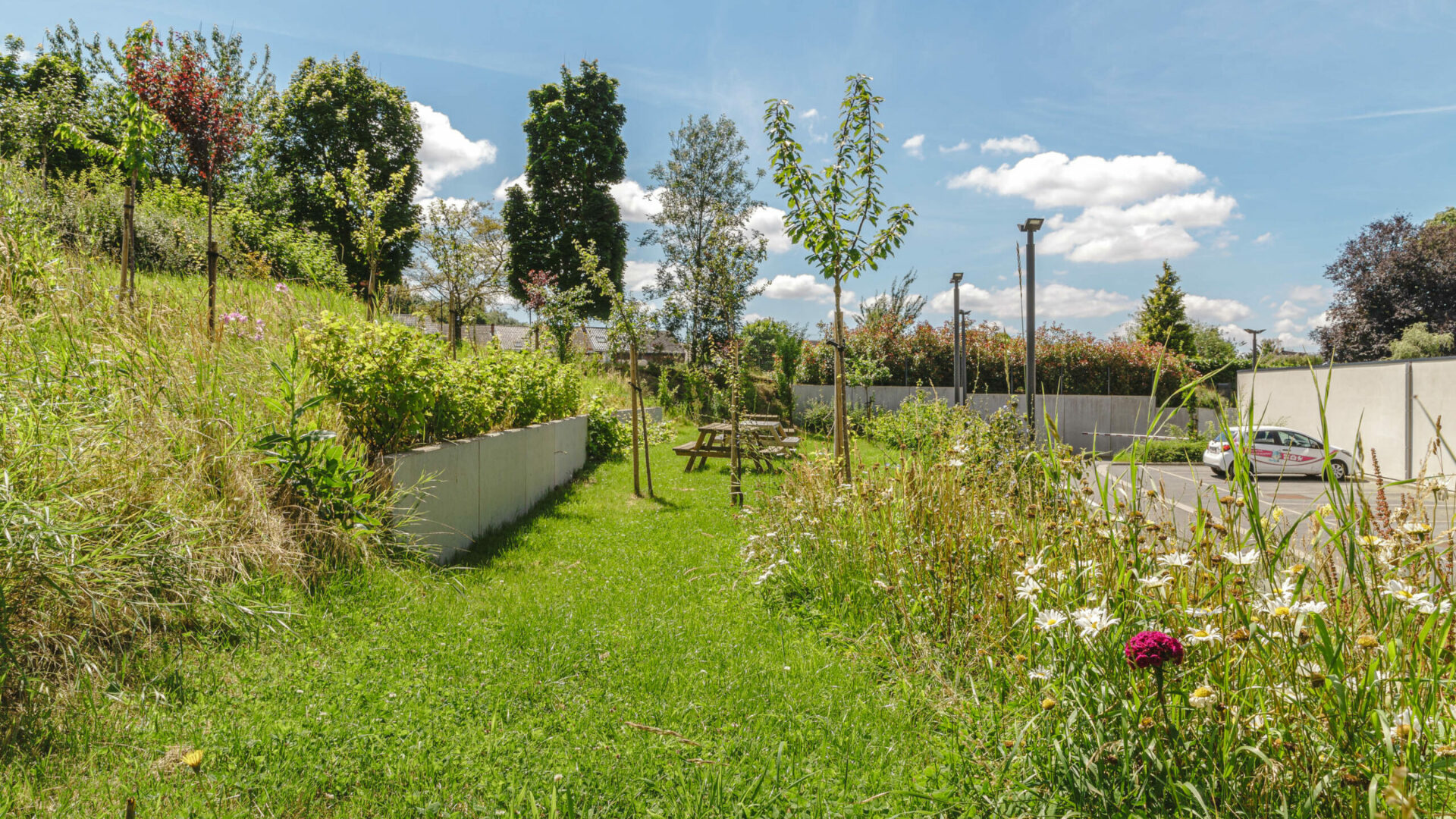
want to know more about assar or contribute to its continuous development